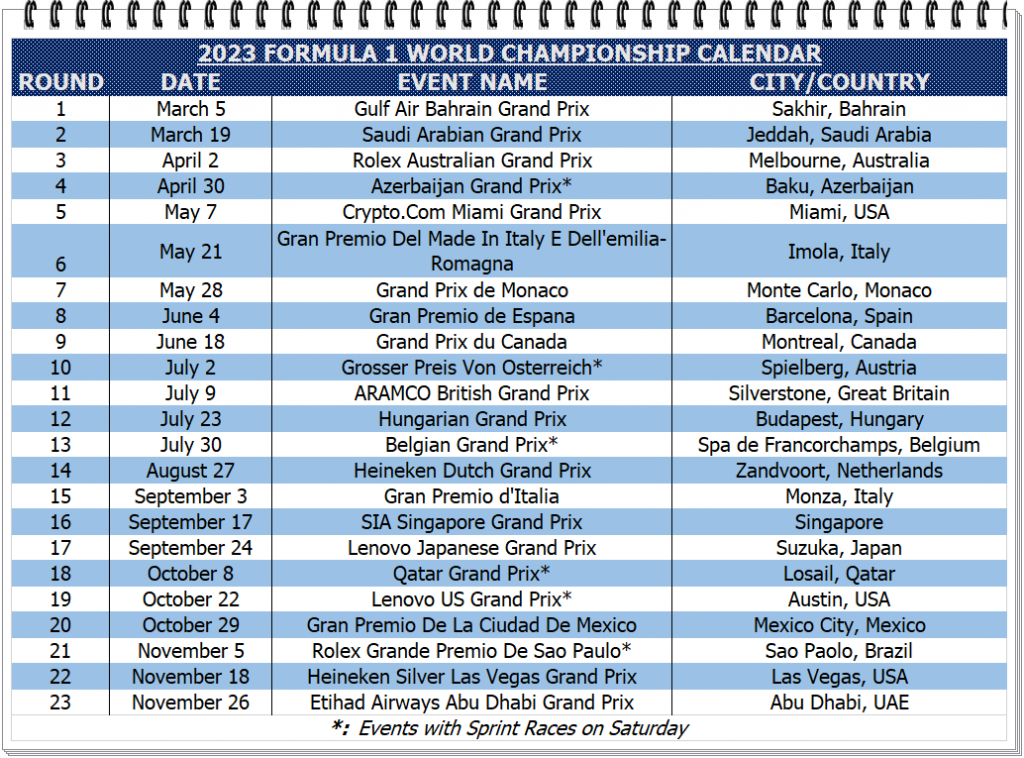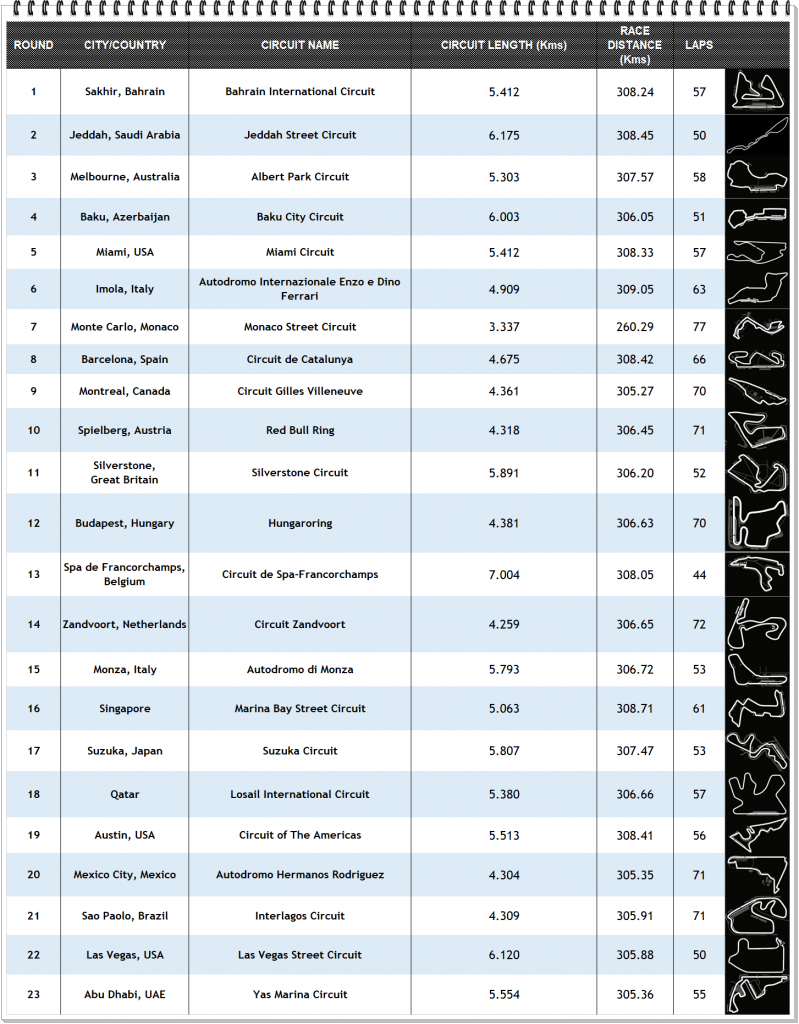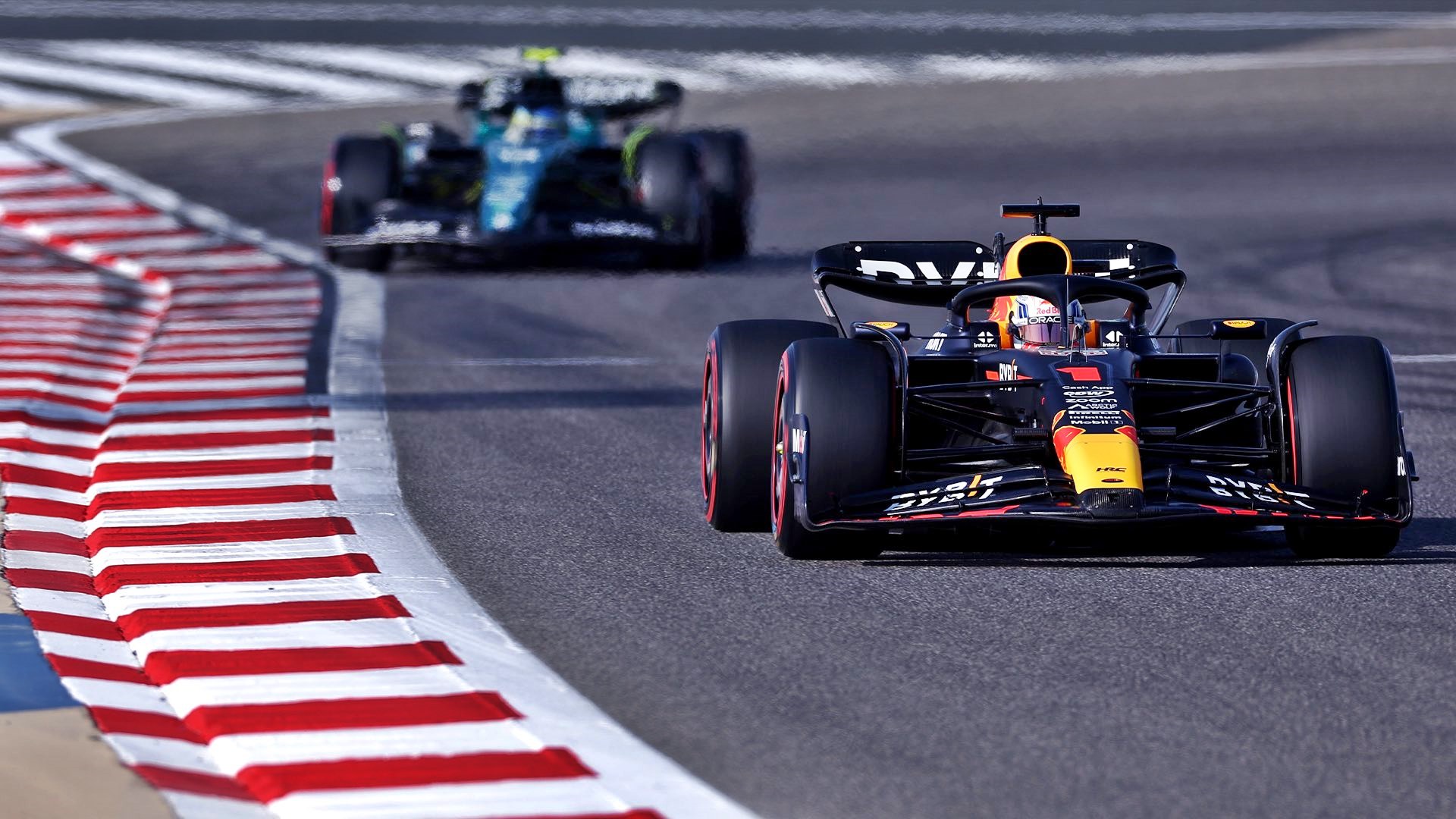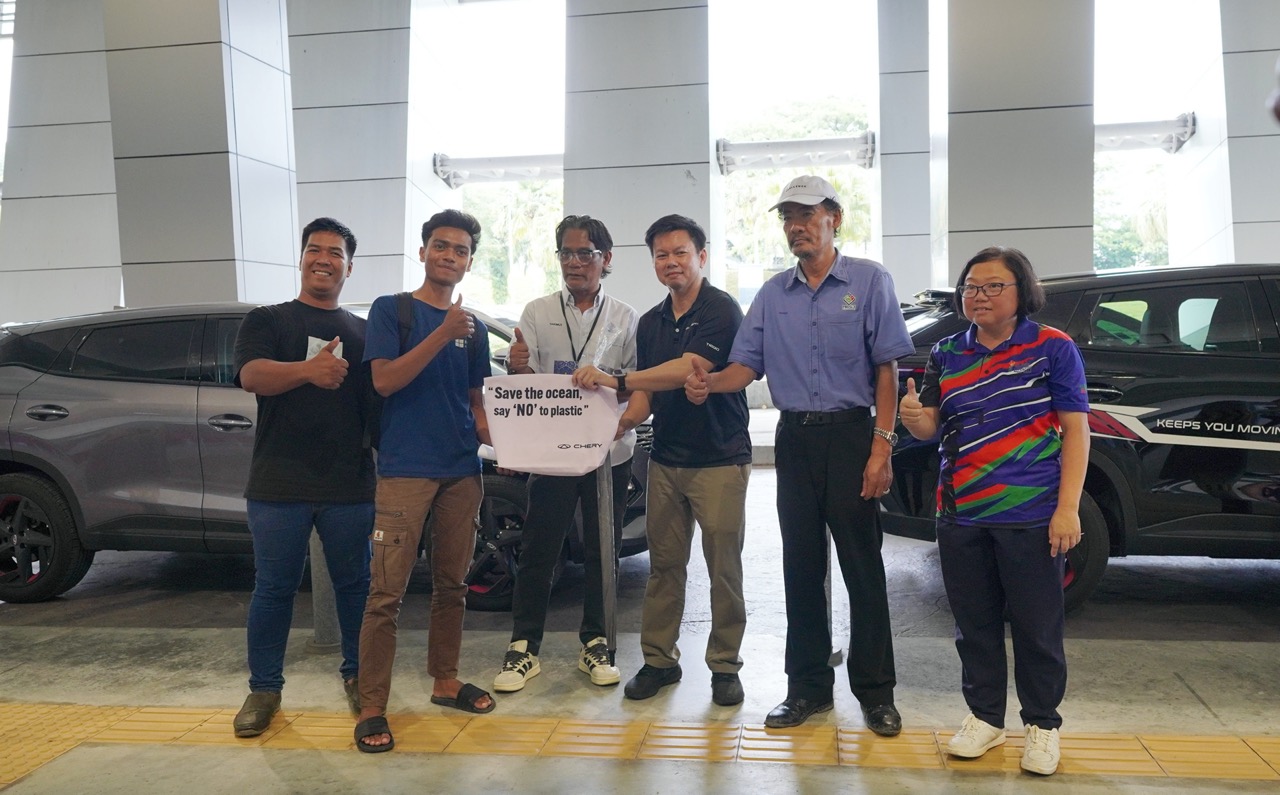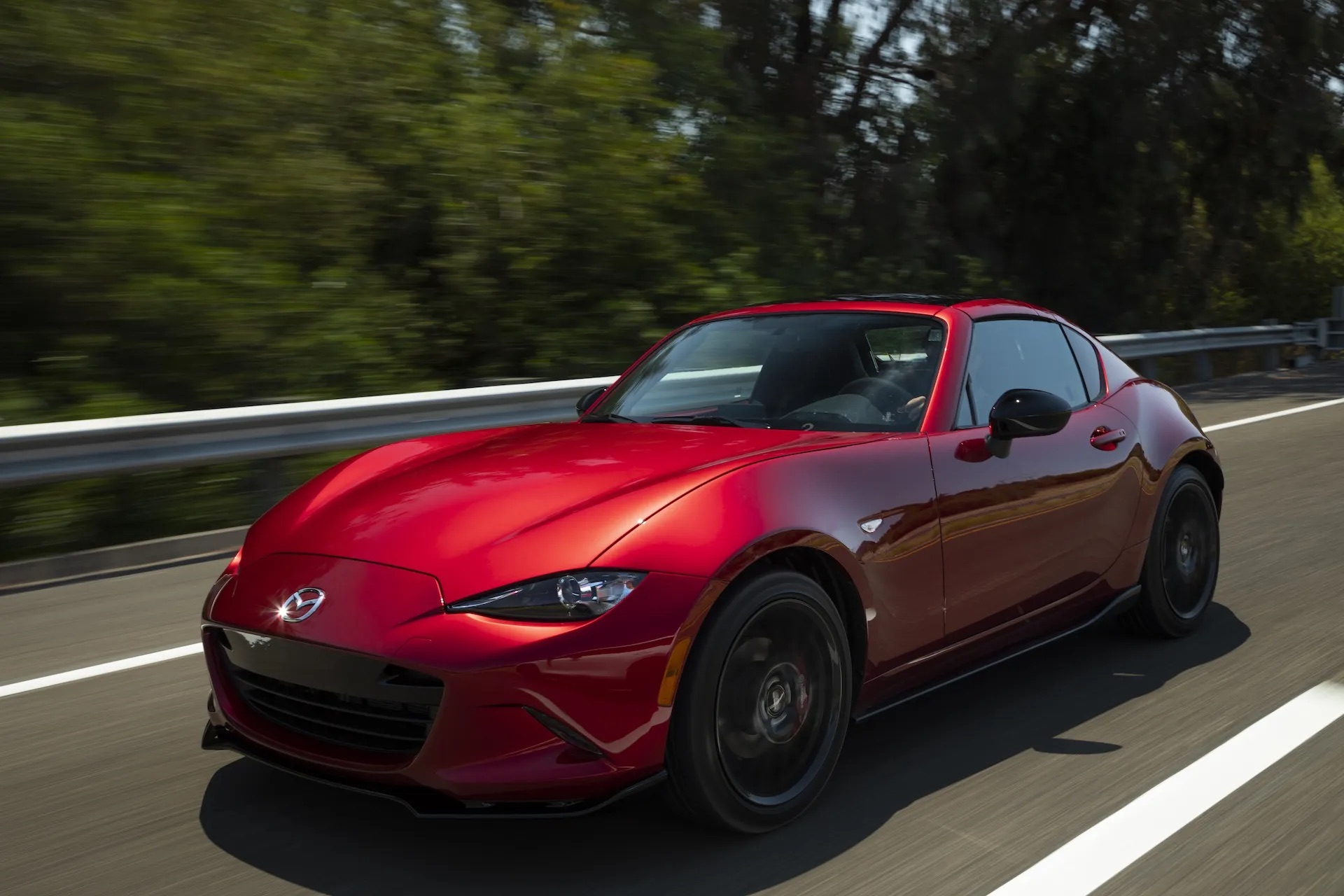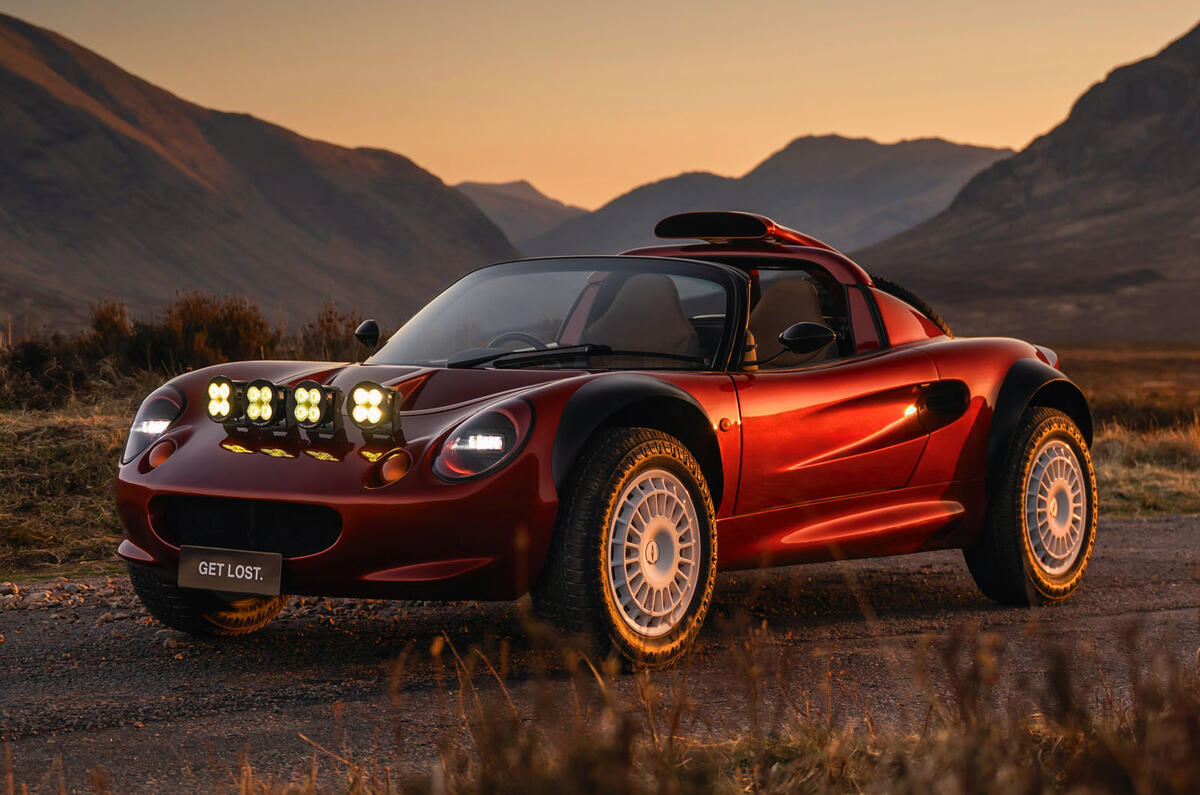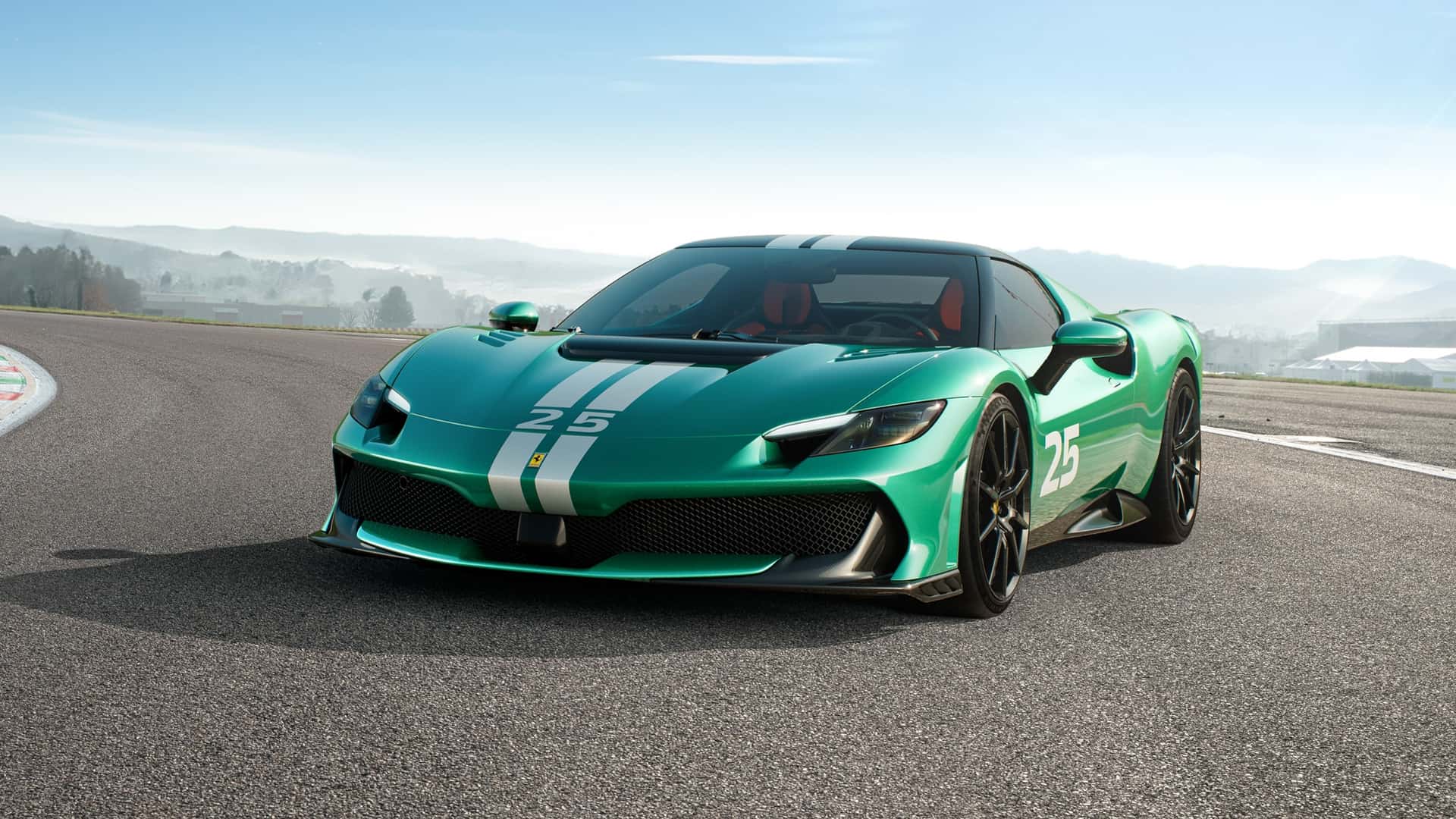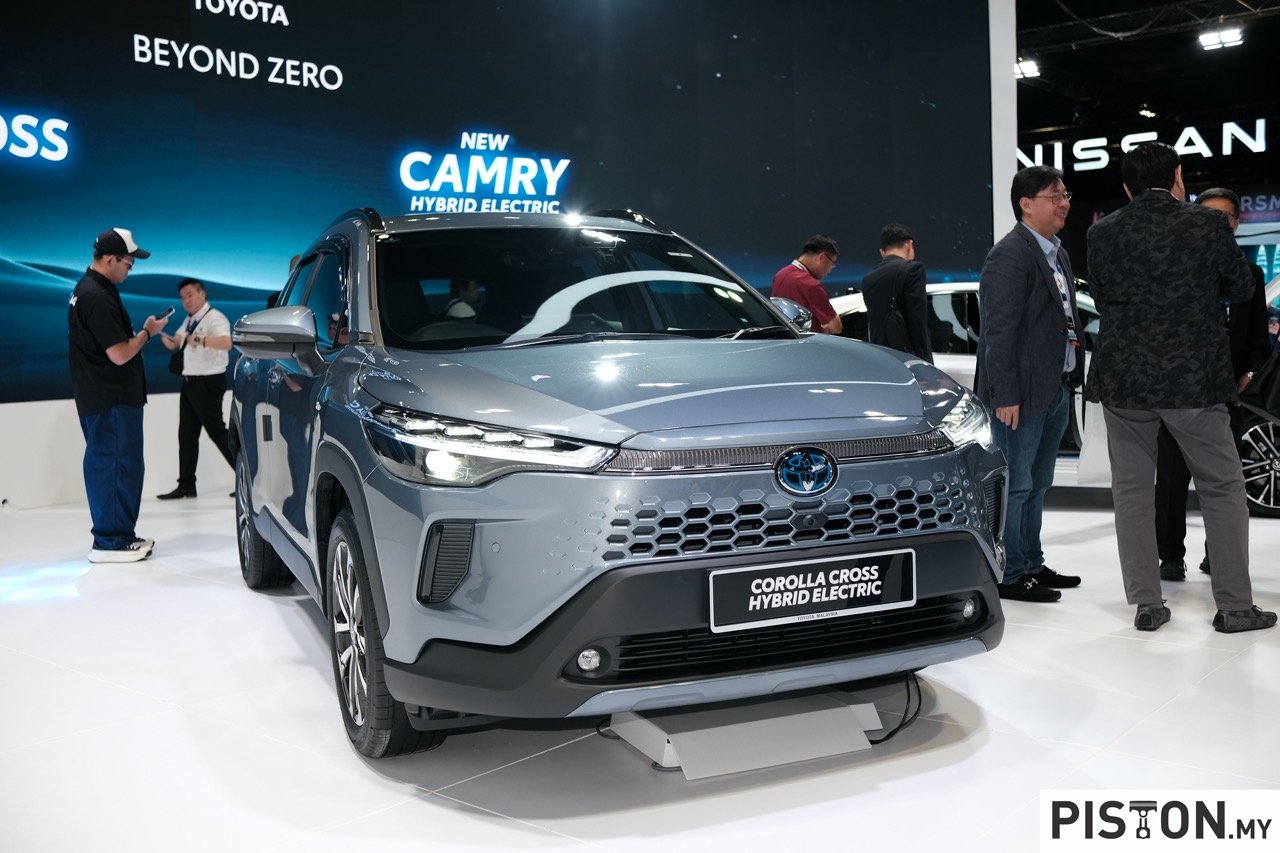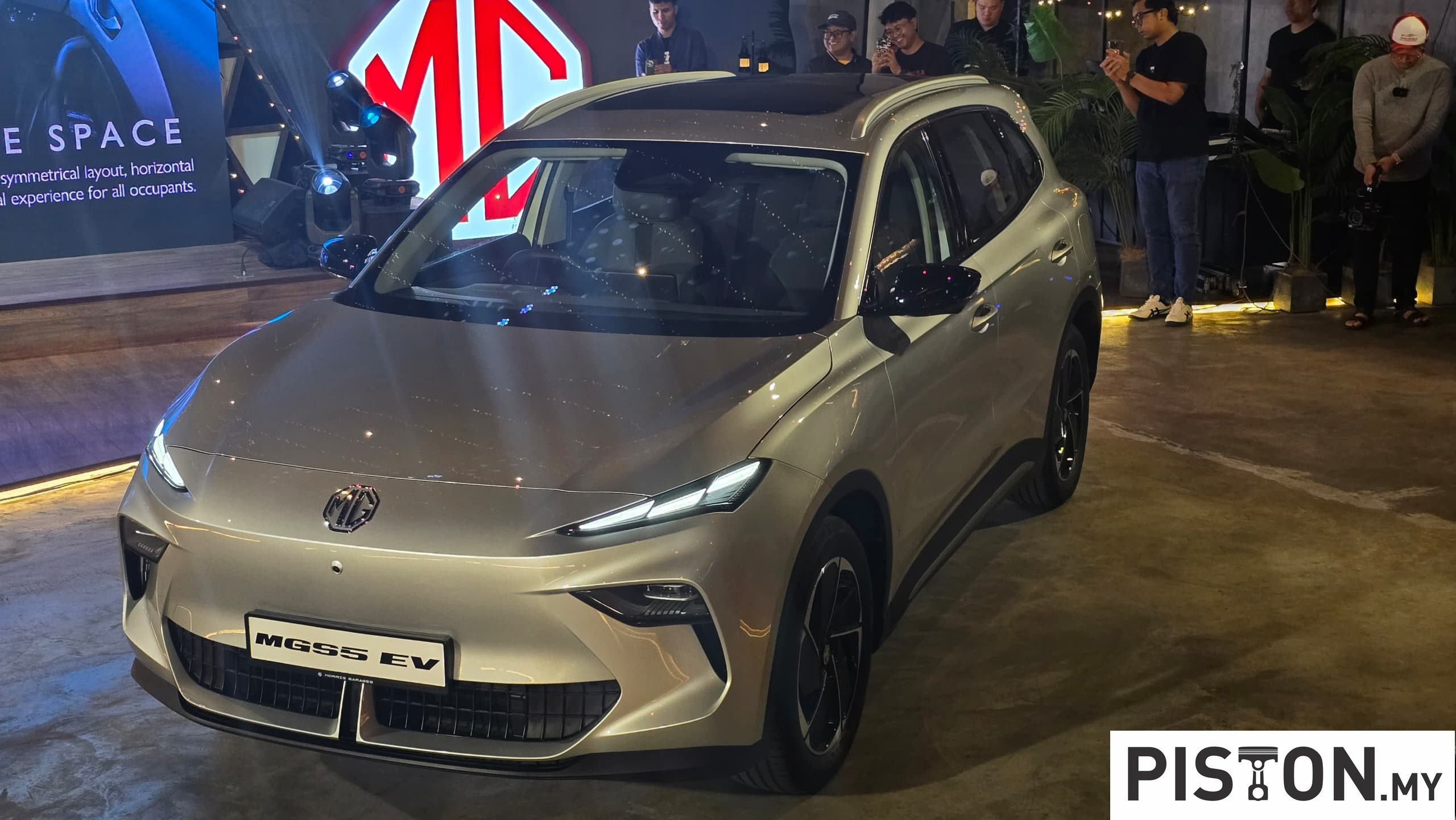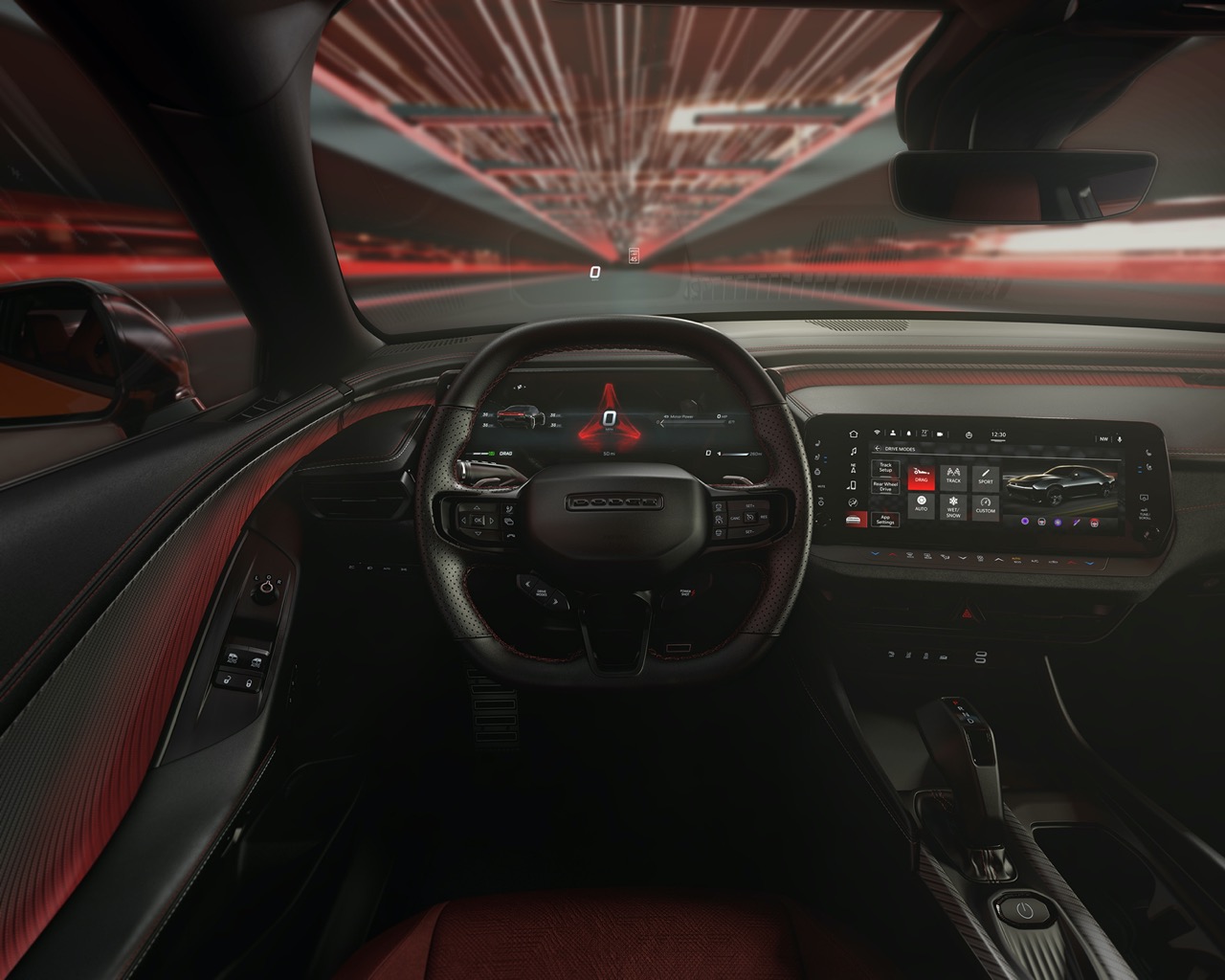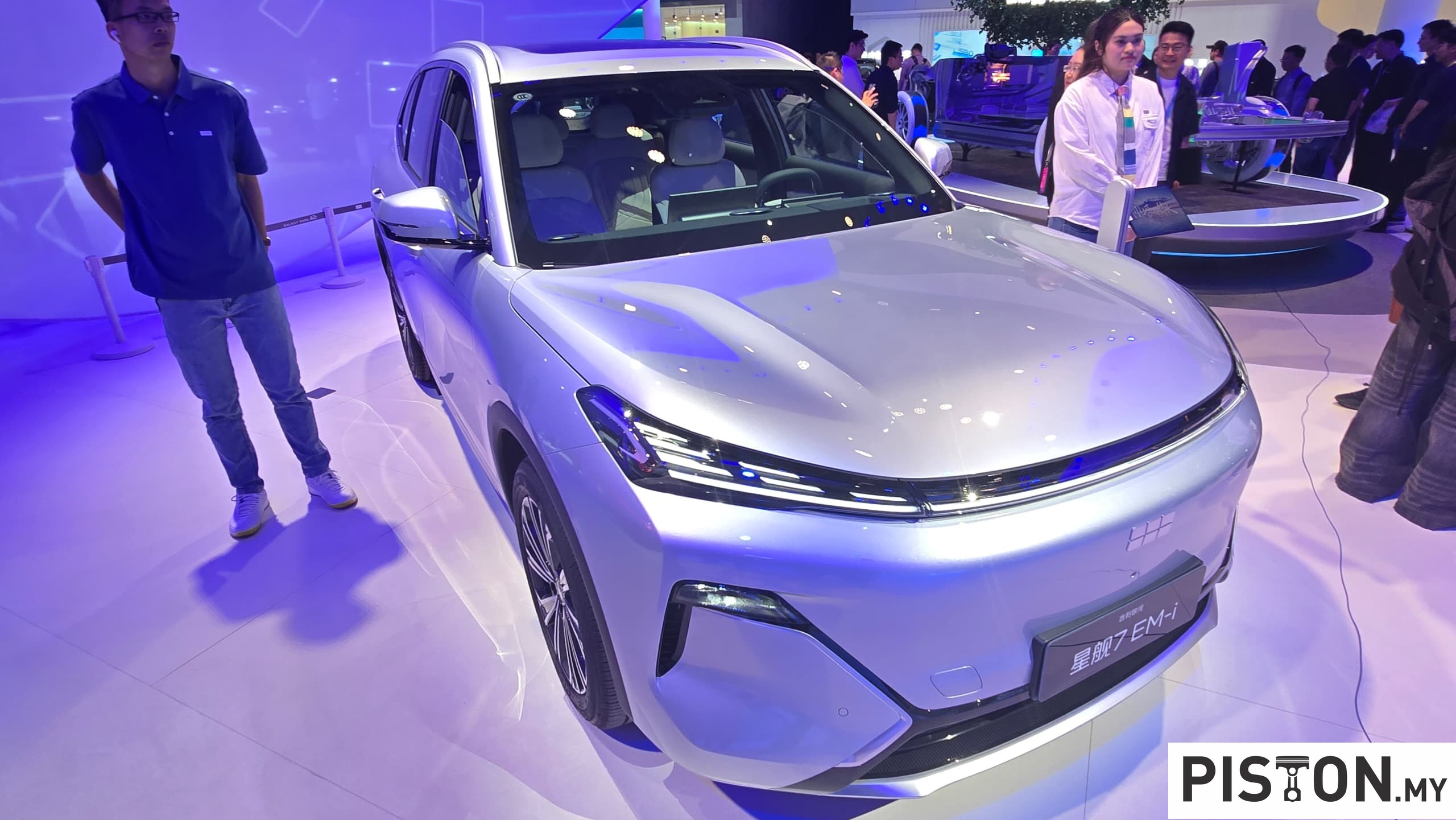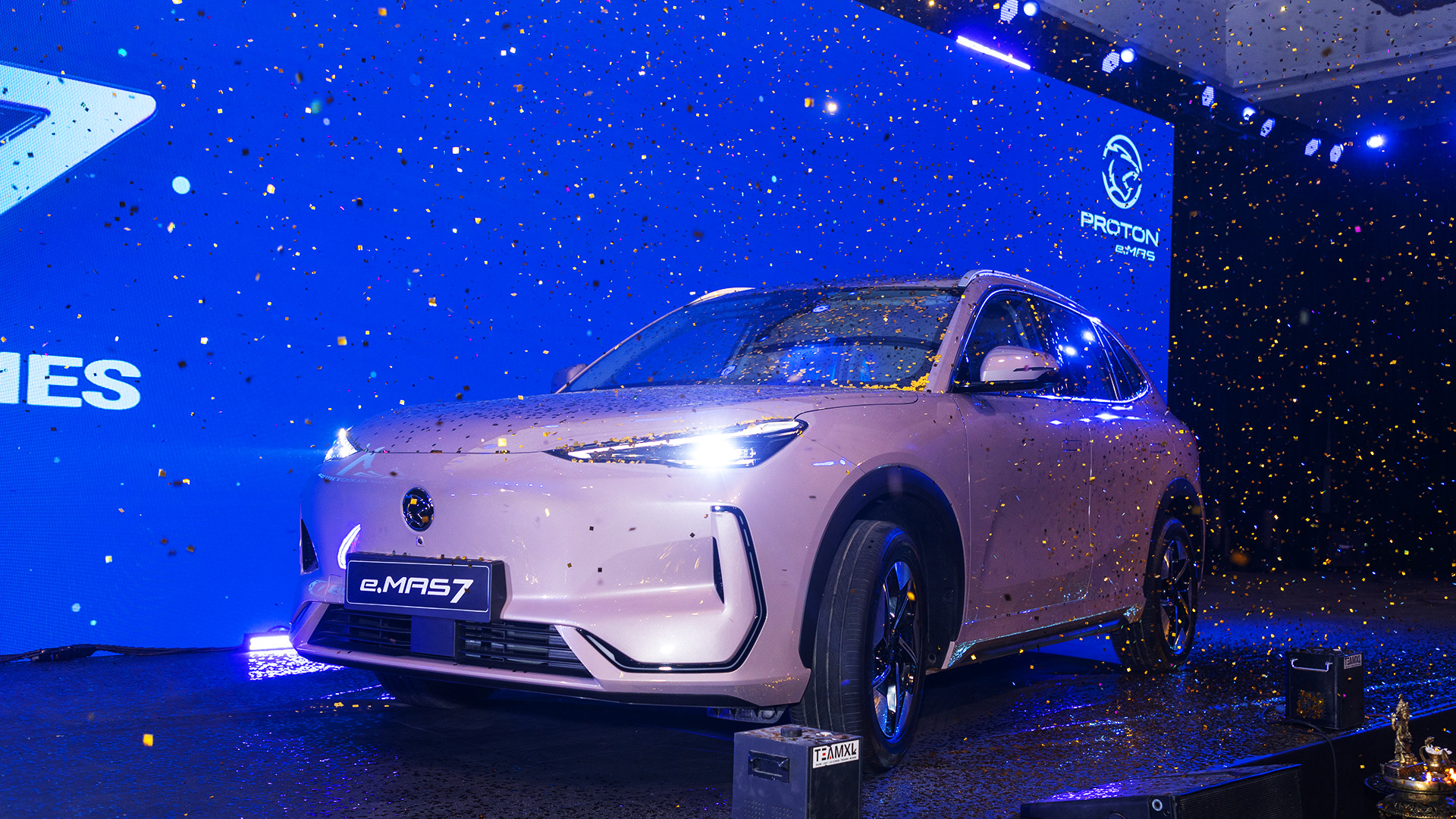After much anticipation over the past few months, a new Formula 1 season has started. Bahrain again has the honour of being season-opener where it used to be towards the end of the season and it was Australia that started the season.
Apart from the new cars, there are also three new faces – Oscar Piastri with the McLaren F1 Team, Logan Sargeant with Williams Racing, and Nyck de Vries with Scuderia AlphaTauri. While the first two drivers are making their debut in F1, de Vries (who also raced in Formula E) actually made his unplanned debut last year at the Italian GP. He took over Alexander Albon’s place in the Williams team when the Thai driver had appendicitis and could not race. 27 years old then, the Dutch driver did well to ninth position, scoring points on his first F1 outing.
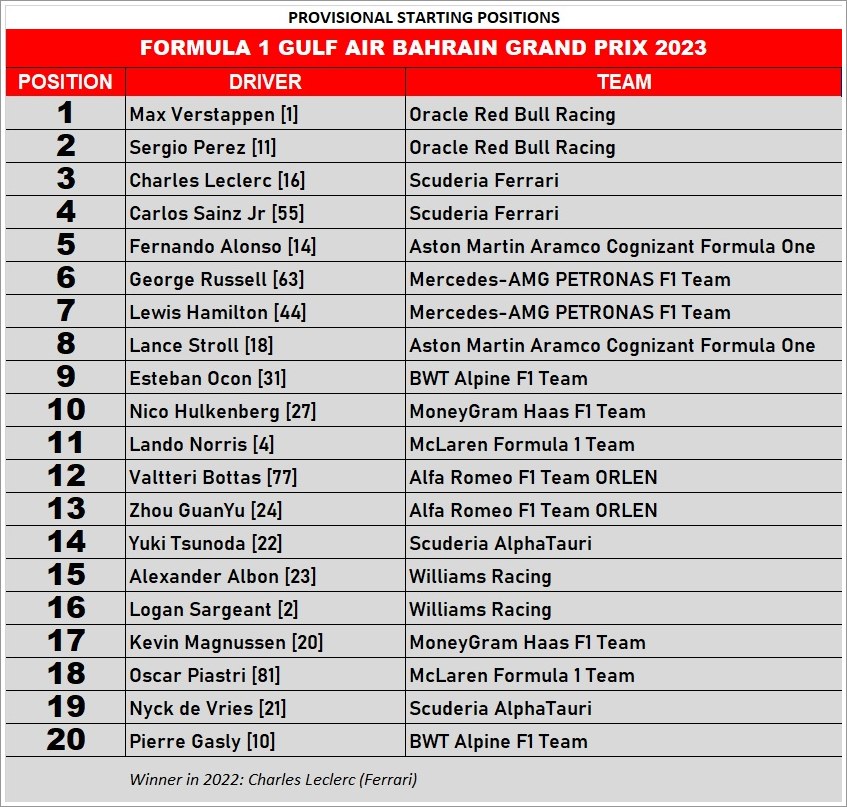
Race starts at 6 pm in Bahrain | 11 pm in Malaysia
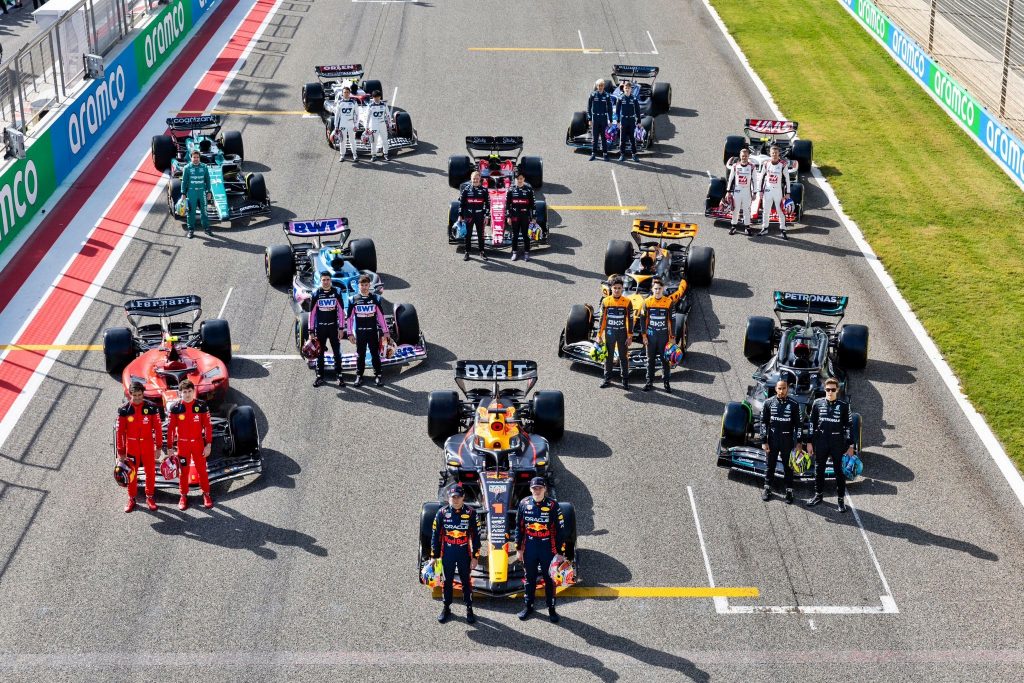
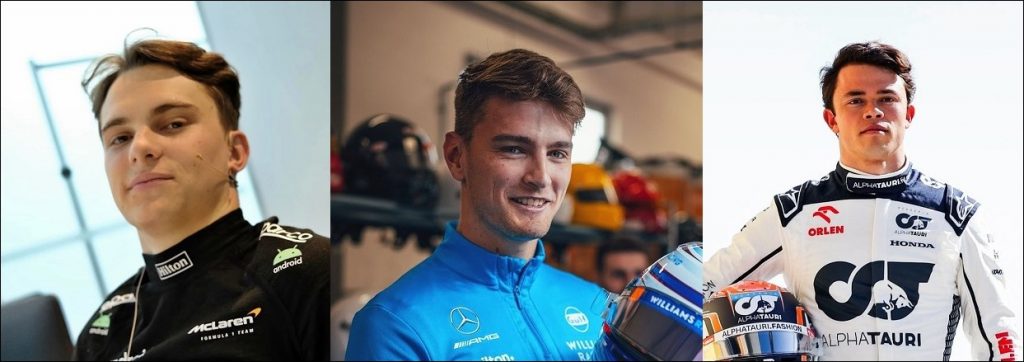
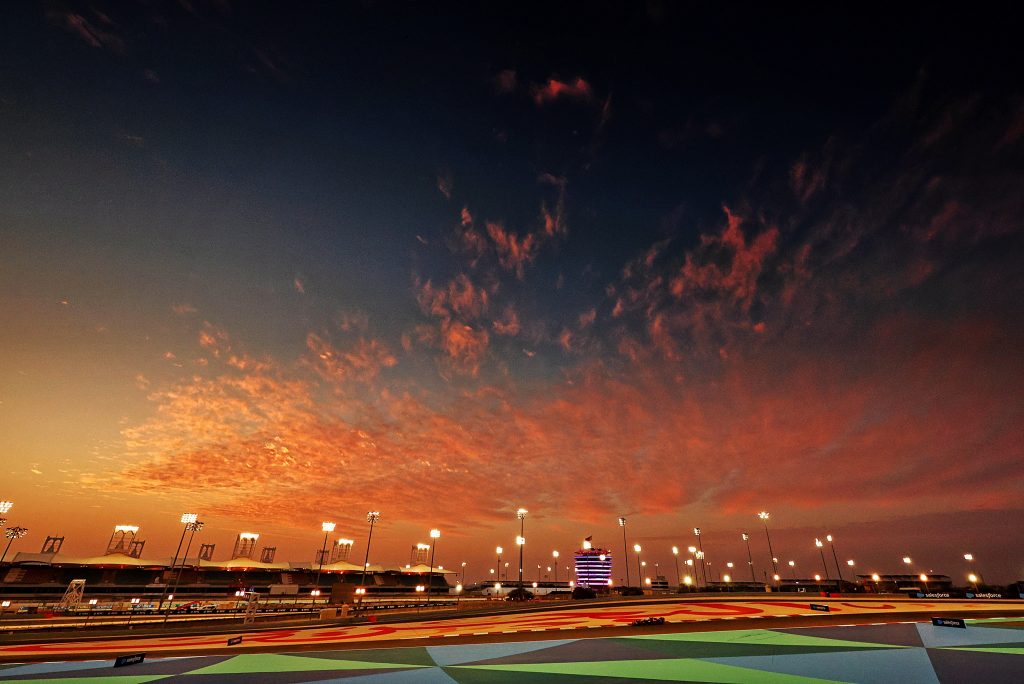
The Bahrain International Circuit has 5 different tracks and as before, the US$150 million GP circuit will be used. This has 15 turns, 5 straights and a lap length of 5.412 kms. The drivers will race a total distance of 308.2 kms, which is equivalent to 57 laps and they will do it at night.
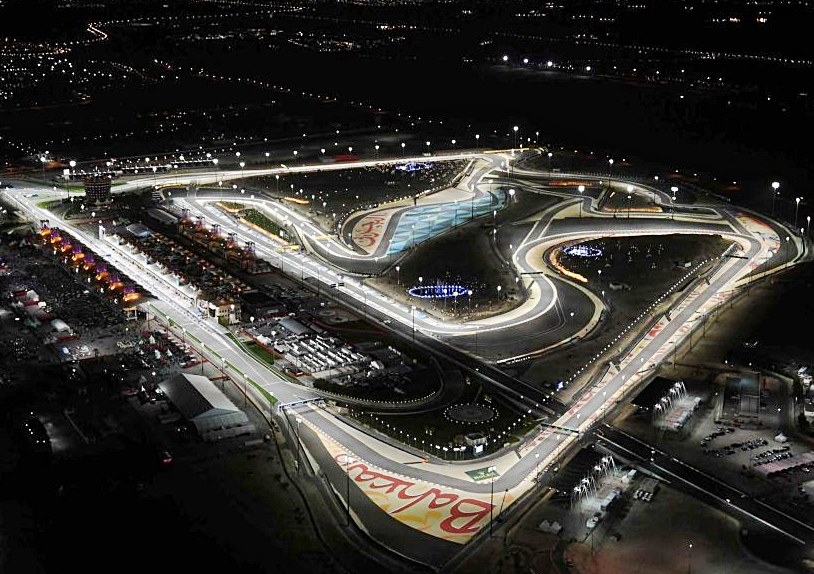
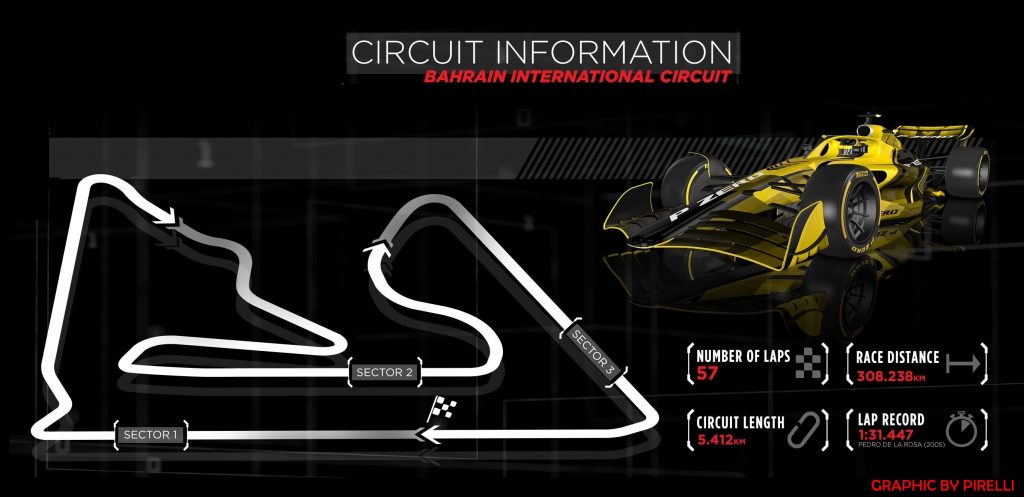

Sunset is at 5:49 pm and the race starts at 6 pm. Temperatures fall quickly to around 26 degrees C. as the light dims. The wide range of temperatures is a factor teams must take into consideration. Asphalt temperatures can reach 45 degrees C. during the day, dropping by at least 15 degrees as evening falls. FP2, qualifying and the race – which all begin after sunset – will therefore be run in very different conditions to the remaining sessions, which take place in the early afternoon.
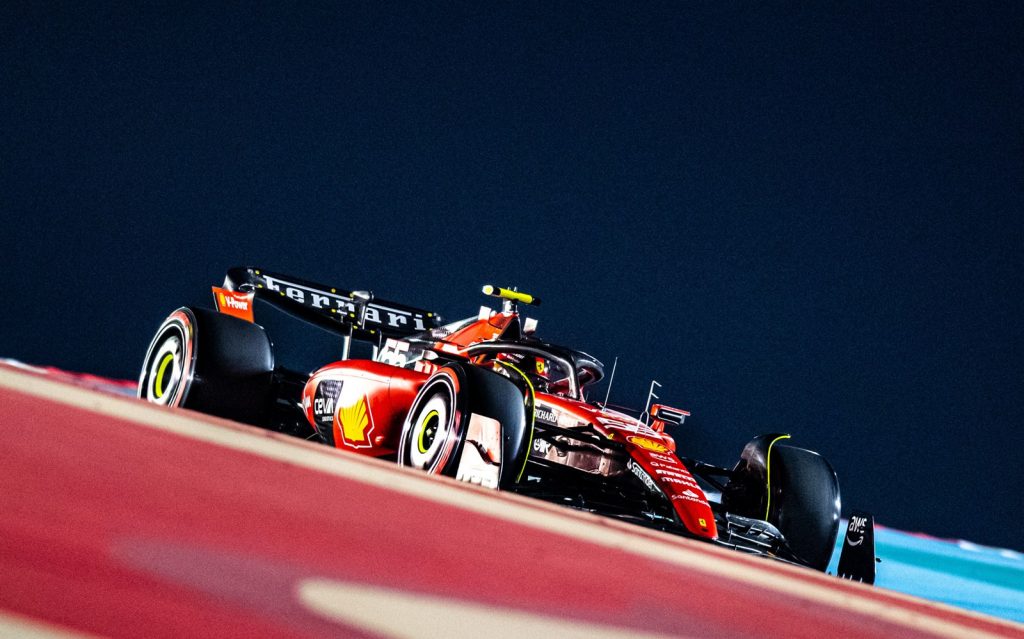
‘Daylight’ is created around the track with lighting from 495 posts. The lighting utilizes the Mirtran system, developed specifically for racing to provide pinpoint light control, exceptional uniformity, reduced glare, and the ability to film night races in HD. The perimeter of the track uses Musco’s Green Generation Lighting technology to minimize the environmental impact.
The Bahrain GP will be the first of five night races in 2023. The others will be in Saudi Arabia, Qatar, the new street circuit in Las Vegas, and Singapore, which had the first-ever F1 night race in 2008.
Despite the track’s rural location (formerly a camel farm) in the desert, sand does not actually present the cars with any major issues. The circuit surface (surrounded by 1,120 palm trees) can clean up very quickly and a sticky adhesive substance is used to minimize the amount of sand blowing on to the track.
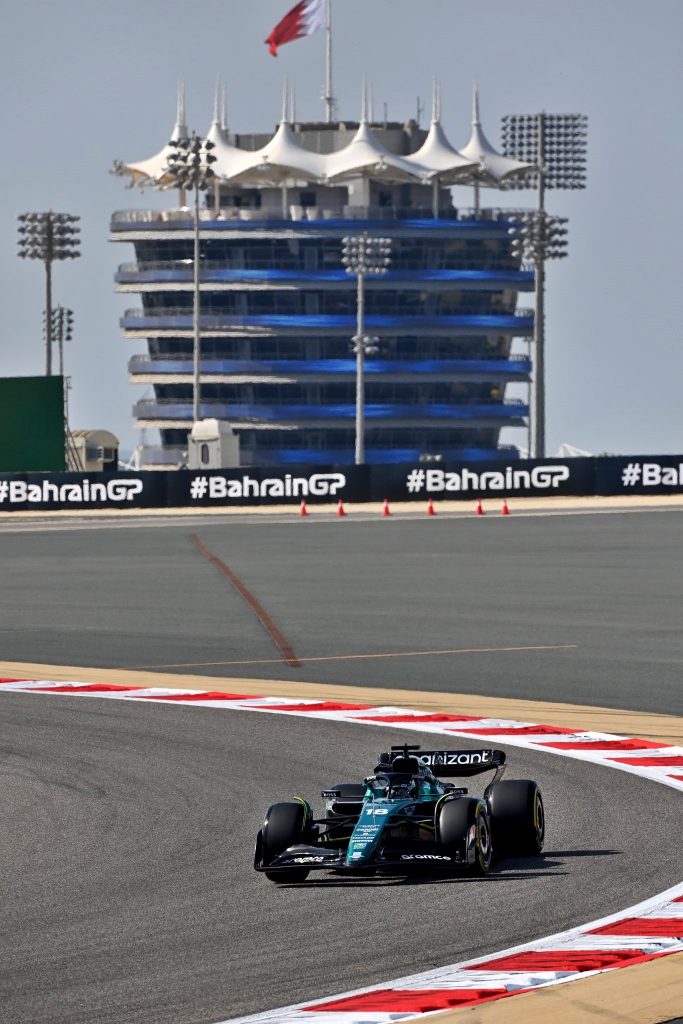
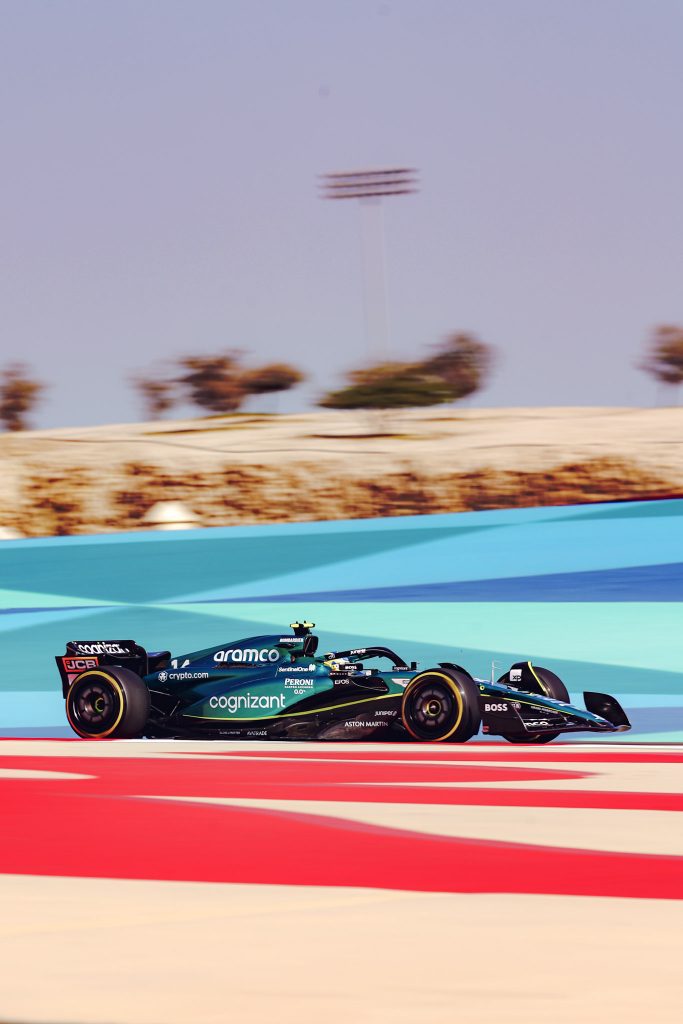
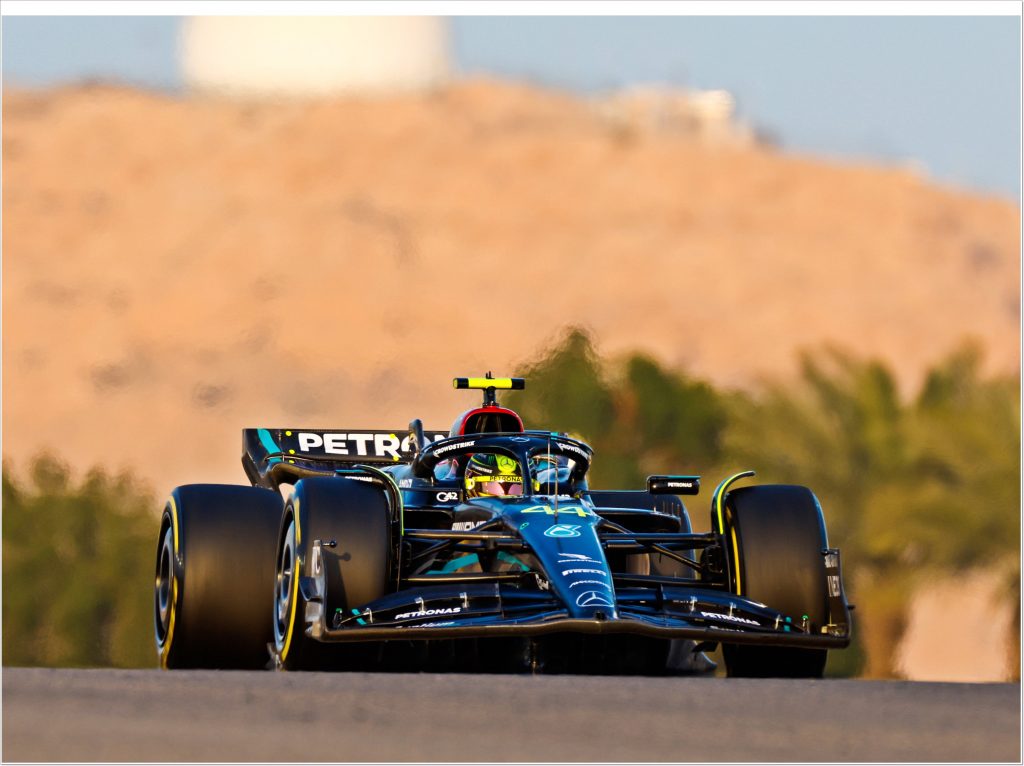
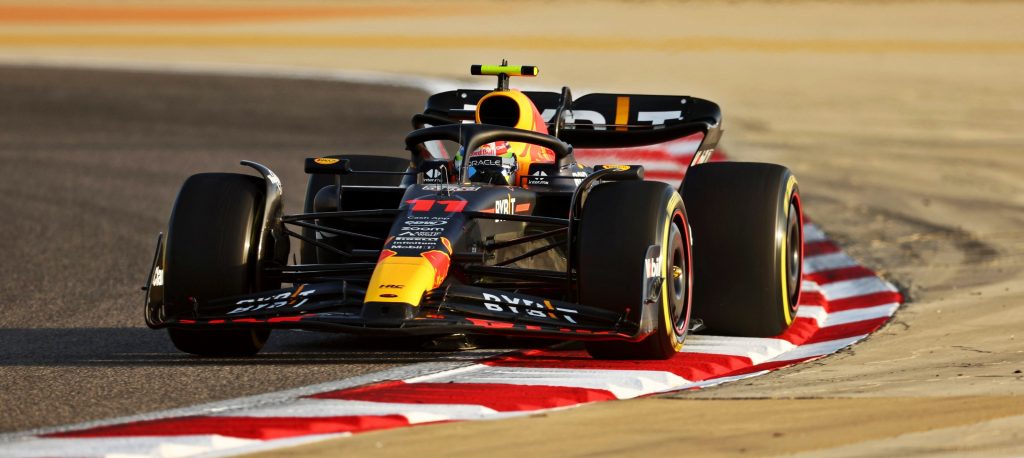
However, the track has one of the roughest surfaces of the season so abrasiveness is high. Tyre degradation, amongst the highest seen at any race throughout the year, will be a key factor when it comes to deciding the strategy.
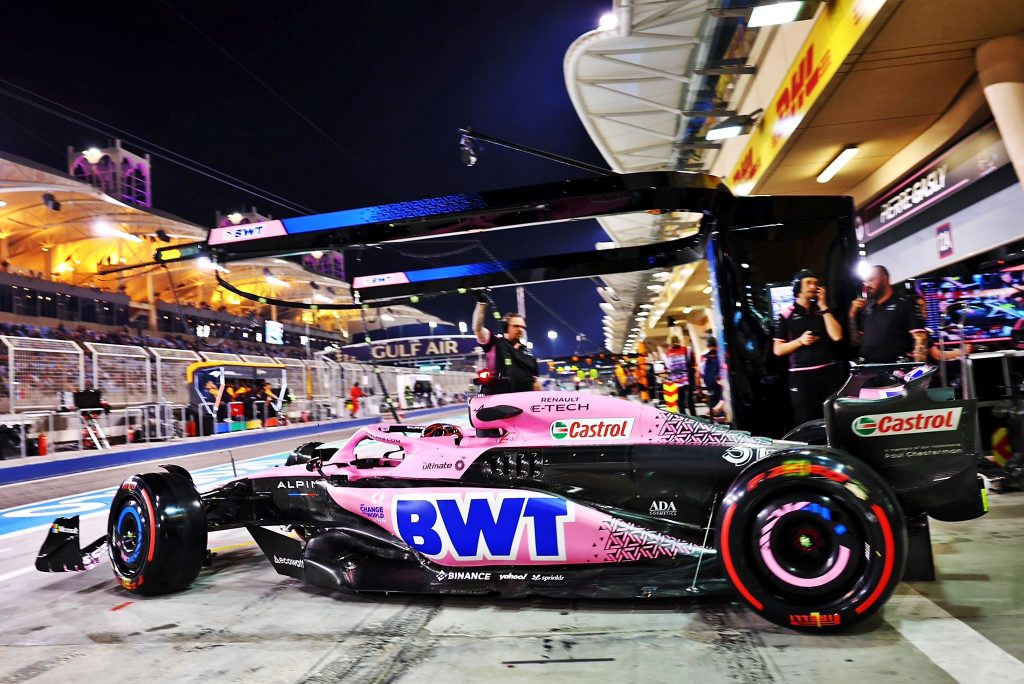
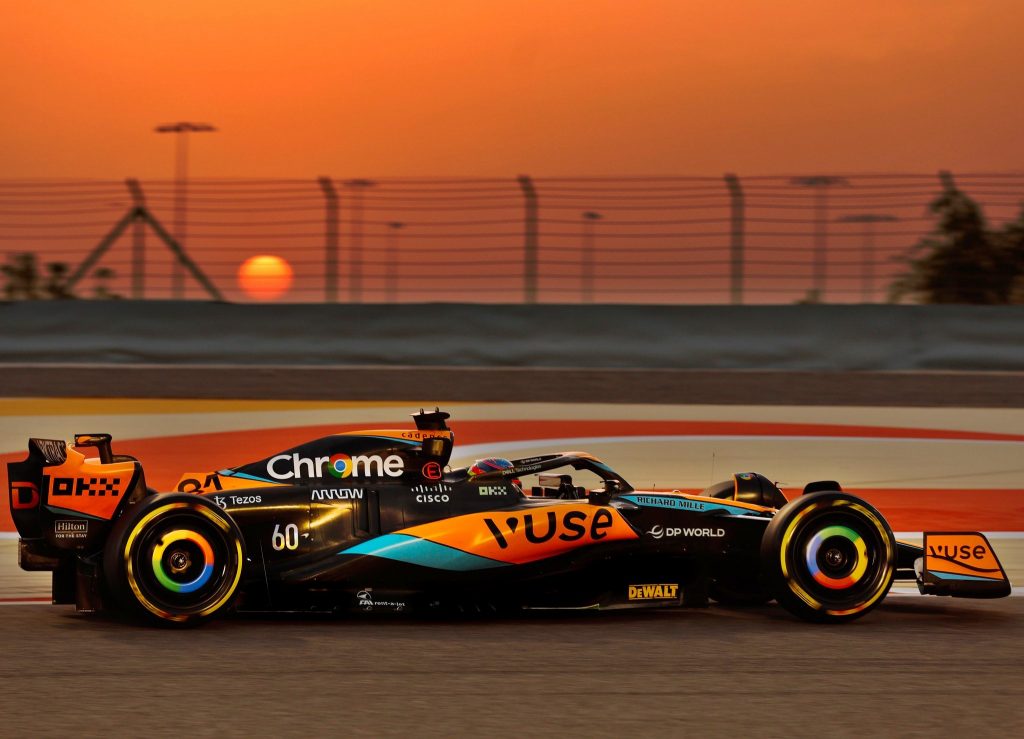
“Last year, all the drivers except one, stopped 3 times (rather than the anticipated two-stopper) due to a late-race Safety Car. The winner Charles Leclerc (Ferrari) carried out his first 2 stints on the soft, before swapping to the medium. The Safety Car allowed him to put the soft back on for the final run to the flag, ahead of his team mate Carlos Sainz,” recalled Mario Isola, Director of Motorsport at Pirelli.
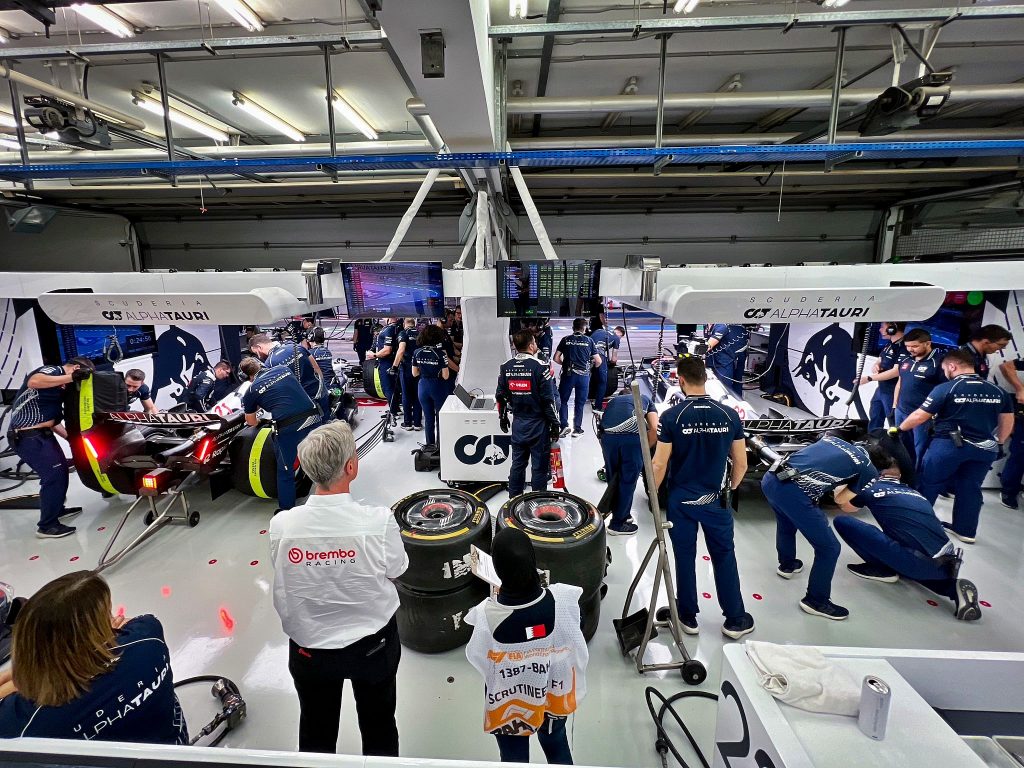

The focus for car set-up is on optimising low and medium-speed corner performance. Mechanical grip is crucial out of the slower corners, whilst the high-speed sections are easily taken flat-out. One of the most challenging corners on the track is Turn 10. It’s long, combined corner entry that tightens before dropping away at the apex.
